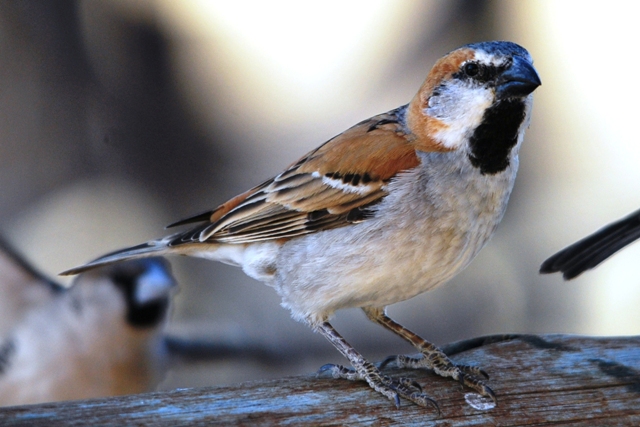Order: Passeriformes. Family: Nectariniidae
Description
11 cm; 7.5 g. As with other sunbirds the bill is long and decurved. The bill, legs and feet are black. The eye is dark brown.
Male is the only sunbird in the region to have a bottle-green head and breast and a white belly.
Ad male breeding: Head, neck, mantle, lesser and median wing coverts, back and rump iridescent green, reflecting bluish at some angles; upper tail coverts more blue-green. Tail dull blackish, with faint blue-green gloss; Chin and upper throat iridescent royal blue, merging into bright green lower throat and upper breast, bordered below by narrow band of iridescent purple and below that an uneven dull black band, broadening on sides of breast. Belly, flanks and undertail coverts usually whitish, but some males have yellow belly patch, or entire belly pale yellow or darker grey. Eyes dark brown. Legs and feet black.
The female is brownish grey above and greyish white below, with some indistinct streaks on the breast. The belly and flanks are off-white.
Juvenile resembles female with yellow wash to belly; gape orange-yellow.
Distribution
From Angola to southern Tanzania south to southern Africa, where it is common to locally abundant across northern Namibia, northern and south-eastern Botswana, Zimbabwe, Mozambique, Swaziland and north-eastern South Africa.
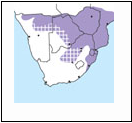
Habitat
Dry woodland and savanna; parks and gardens.
Diet
It mainly eats nectar supplemented with arthropods, often joining mixed-species foraging flocks in the day, along with other sunbirds at large sources of nectar. In the late afternoon it regularly hawks insects aerially and gleans invertebrates from foliage.
Breeding
Monogamous. The nest is built solely by the female in about 5-8 days, consisting of an untidy oval-shaped structure made of dry material such as grass and leaves, bound together with spider web. The outside is decorated with bits of leaves and bark, while the interior is thickly lined with plant down, sometimes along with feathers and wool. It is typically attached to the branches or thorns of a plant or a tree. Egg-laying season is from June-March, peaking from September-December. It lays 1-3 eggs, which are incubated solely by the female for 13-14 days. The chicks are brooded solely by the female but fed by both parents, leaving the nest after about 14-15 days, after which they continue to roost at the nest for about 4-14 more days.
Parasitised by Klaas's Cuckoo.
Call
A highly vocal bird, calling much of the time that they are active. The most characteristic call consists of 1-7 strident notes: chewy-chewy-chewy. Also utters loud chak-chak-chak alarm notes. Listen to Bird Call.
Status
Common and widespread resident; locally nomadic.



 © Lowveldboy
© Lowveldboy © Pumbaa
© Pumbaa 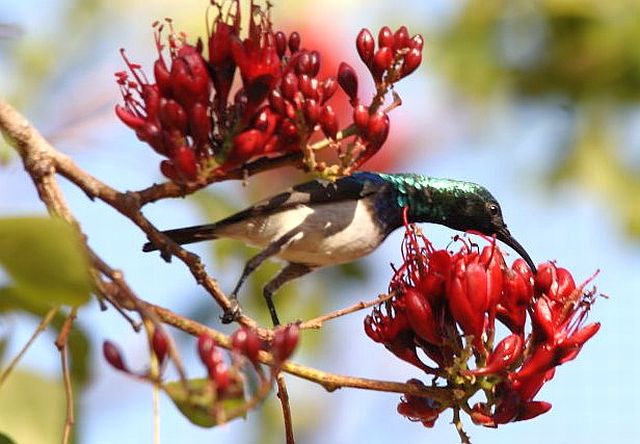 © Flutterby
© Flutterby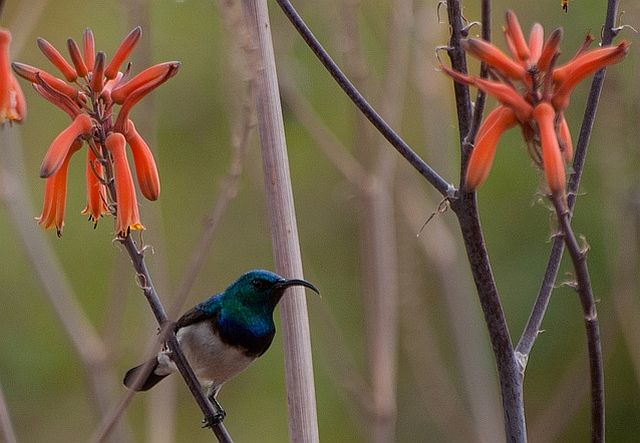 © steamtrainfan
© steamtrainfan © Sharifa
© Sharifa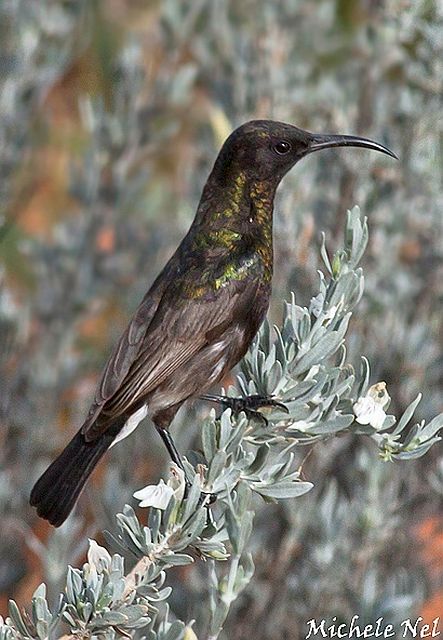 © Michele Nel
© Michele Nel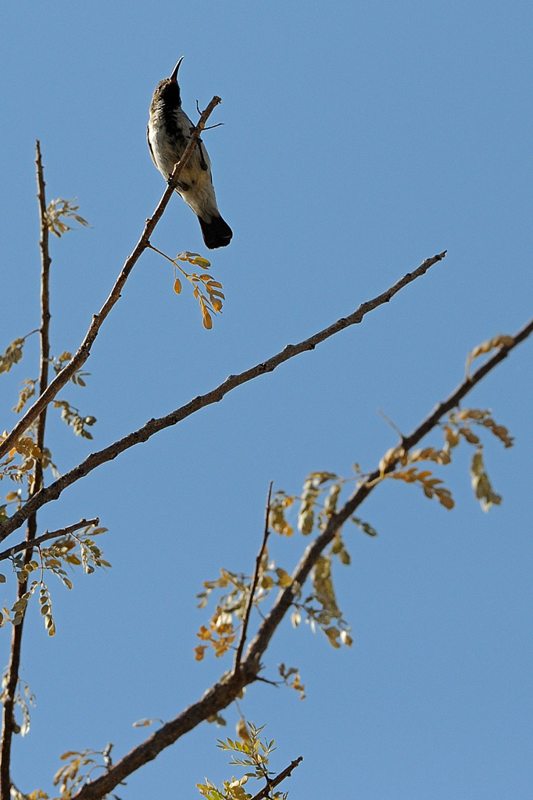 © Dewi
© Dewi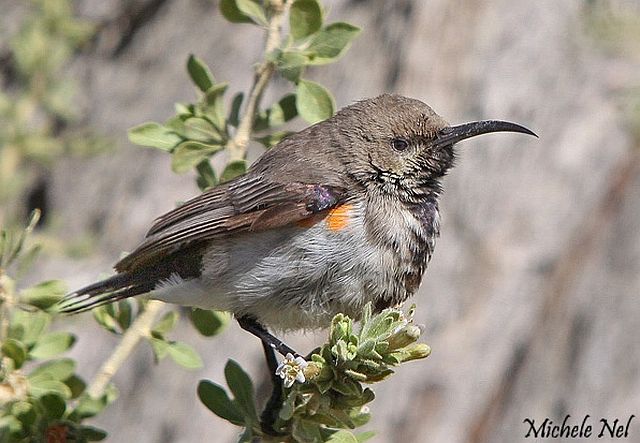 © Michele Nel
© Michele Nel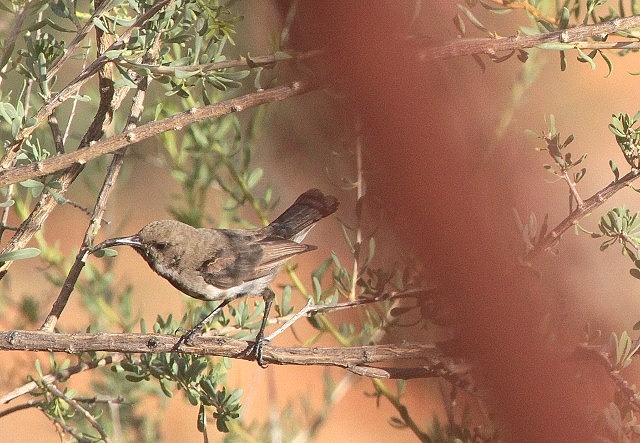 © nan
© nan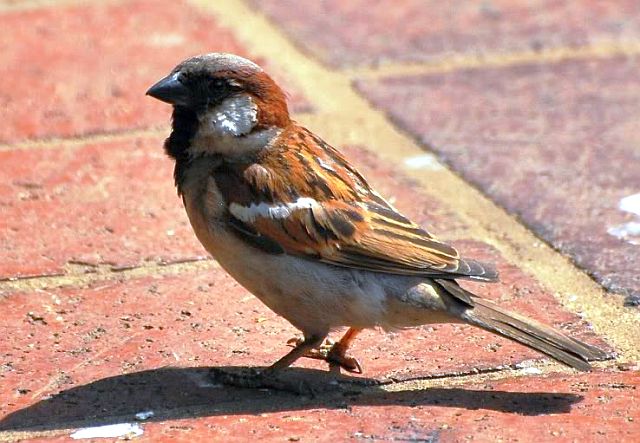 © Mel
© Mel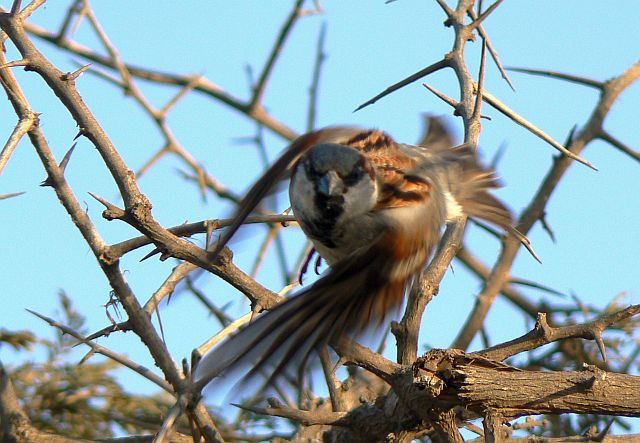 © Toko
© Toko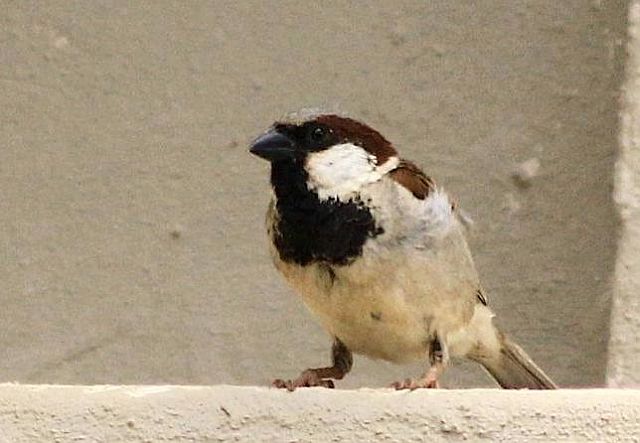 © Amoli
© Amoli © Flutterby
© Flutterby